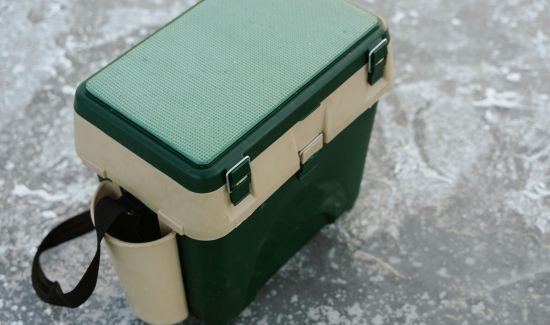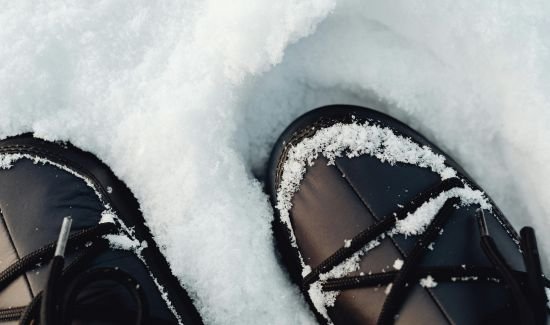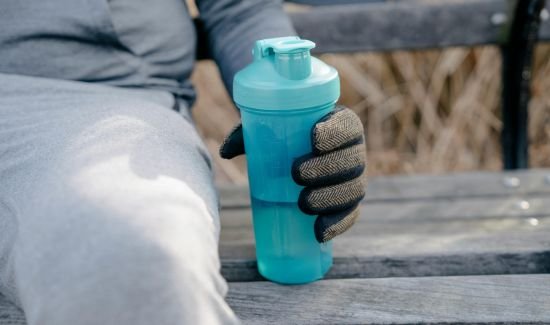
Working in cold weather poses some special challenges that affect both health and safety. Employees can suffer from hypothermia, frostbite, and severe headaches due to slippery weather or poor lighting. Take some simple precautions for cold weather and make your work environment safe and productive. Below are some important Cold Weather Safety Tips For Employees that every employer and employee should know. Below are some important Winter Weather Work Safety Tips that every employer and employee should follow.
Table of Contents
1. Wear layering clothes
More than just wearing a thick jacket is required protection during the cold. CDC research shows that wearing cotton in layers provides the best protection. Start with moisture-wicking cotton, then insulation layers, and wear a waterproof outer layer to stay warm and dry throughout the day.
2. Stay hydrated

There is no sign of dehydration in the cold, which is a sign of fatigue and lack of work. Health studies show that people drink less water during work in the cold. Keep water present at all times and keep drinking frequently, even if you do not feel thirsty.
3. Take Regular Breaks Indoors
Working in the cold for too long can reduce your body’s temperature at a dangerous rate. Research says that taking breaks inside reduces the effects of cold. Rest in a warm place after every hour and keep yourself safe from the bad effects of cold.
4. Wear appropriate footwear

In cold weather, there is an increased risk of slipping and falling on ice and wet surfaces. Case studies have shown that wearing non-slip, insulated boots reduces this problem. Wearing boots that have good grip and retain warmth can help avoid injuries and keep feet warm while working.
5. Know the signs of hypothermia
The person working often overlooks the danger of cold, which increases the risk of hypothermia. Case reports have shown that people do not recognize the early symptoms. Be aware of symptoms such as shivering, confusion, and fatigue so that you can find a warm place in time.
6. Protect your hands

Fingers are easy victims of frostbite in winter. A study showed that using insulated and waterproof gloves reduces the risk of frostbite. Wear appropriate gloves that are designed for the job and protect your hands from the cold.
7. Limit Exposure to Wind
Wind makes the cold more intense and increases the risk of frostbite. Studies show that wind draws heat out of your body. When the wind is blowing, reduce outdoor work and use windbreaks or shelters as much as possible.
8. Eat High-Energy Snacks

Your body burns more calories in the cold so you can keep your warmth intact. Studies show that people working in the cold need more energy. Keep snacks like nuts, energy bars, or dried fruit with you to keep your energy intact throughout the day.
9. Use heated equipment
Handling metal tools in the cold can be dangerous because they absorb cold. Research shows that using heated equipment or insulated handles helps prevent frostbite. Make sure all your gear is prepared for the cold.
10. Ensure Proper Lighting

Winters bring shorter days and low light increases the risk of head injury. According to a report by the National Safety Council, low light causes more injuries in winter. Arrange for good lighting outside and in dark places so that work can be done safely.
11. Provide first-aid training
In cold weather, injuries such as frostbite and hypothermia can occur immediately. Case studies show that giving first aid immediately can prevent long-term damage. Every worker should be given basic training to deal with cold weather injuries and keep first aid kits available.
12. Make an emergency plan

Winter storms and extreme cold can pose sudden dangers. Studies show that emergency protocols are very important. Plan your employees, know where to take shelter, and what steps to take during an emergency.
13. Wear high-visibility clothing
There is less light in winter and due to snowfall, the employees are not visible. According to case studies, wearing bright and reflective clothes reduces the headaches. Use clothes that make your employees visible clearly in the light so that they remain protected.
14. Inspect Equipment Regularly

Equipment malfunctions can occur in the cold. which is a safety hazard Research indicates that machinery and appliances are more likely to be damaged in cold weather. Regular inspections and maintenance are required to ensure that everything is working properly and accidents can be avoided.
15. Promote open communication
Employees often do not report discomfort in the cold, which creates a bad situation outside. Studies show that open conversation with supervisors improves overall safety. Encourage your employees to talk immediately if they feel any discomfort.




